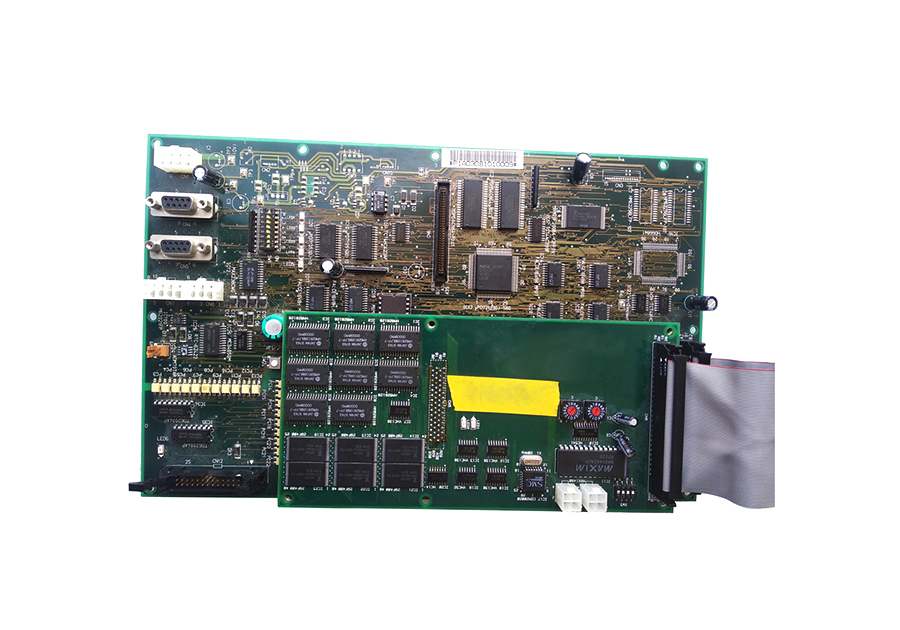-
CN
-
Service Hotline
+8618129931046 Mr. Liao


Time:2025-06-18 Views:1

Multilayer boards have become indispensable in high-end consumer electronics due to their ability to meet the demanding requirements of these devices.
In smartphones, which are highly integrated and space-constrained devices, multilayer PCBs play a crucial role. They allow for the miniaturization of circuits by stacking multiple layers of traces, power planes, and ground planes. This enables the placement of a large number of components, including the application processor, memory chips, cameras, and wireless communication modules, in a very small form factor. The high-density routing provided by multilayer boards also supports high-speed data transfer between components, such as the fast data transfer between the camera sensor and the image processing unit. Moreover, the ability to design complex power distribution networks on multilayer PCBs ensures stable power supply to the various components, which is essential for the smooth operation of the smartphone and for extending its battery life.
Tablets and laptops also benefit greatly from multilayer boards. In these devices, the need for high-performance computing, high-resolution displays, and multiple connectivity options (such as Wi-Fi, Bluetooth, and USB) requires a sophisticated PCB design. Multilayer PCBs can accommodate the large number of traces needed to connect the central processing unit, graphics processing unit, storage devices, and display interfaces. They also help in reducing EMI, which is important for maintaining the reliability of wireless communication and for ensuring compliance with electromagnetic compatibility (EMC) standards. Additionally, the mechanical stability provided by multilayer boards is crucial for withstanding the rigors of daily use, such as being carried around and subjected to minor impacts.
In high-end audio and video equipment, like high-fidelity speakers, Blu-ray players, and home theater systems, multilayer PCBs are used to achieve high-quality signal processing and transmission. The precise routing and isolation of audio and video signals on multilayer boards prevent signal degradation and interference, resulting in superior audio and visual experiences.